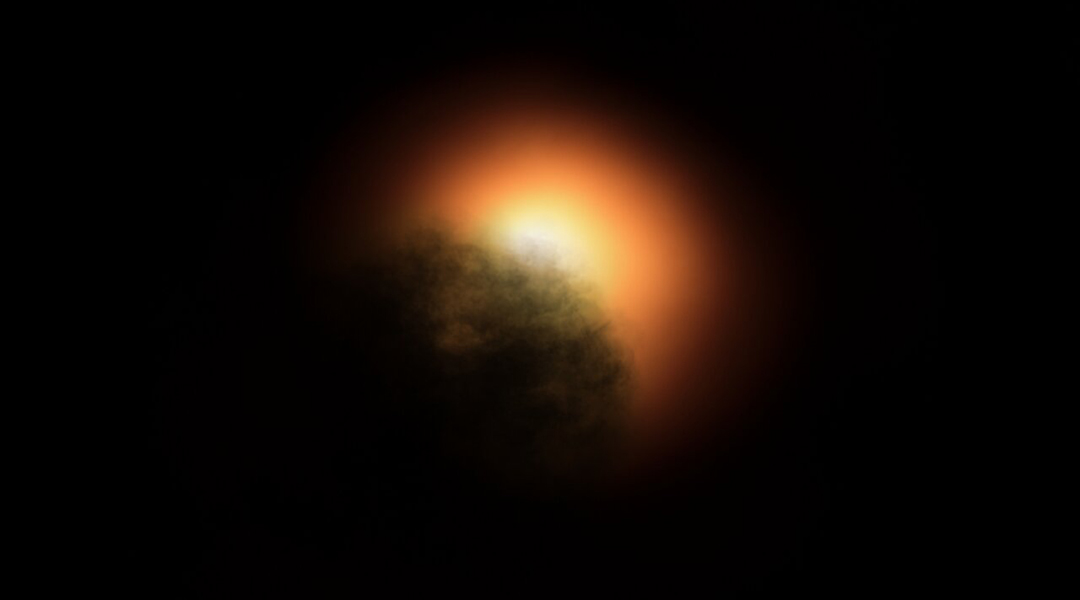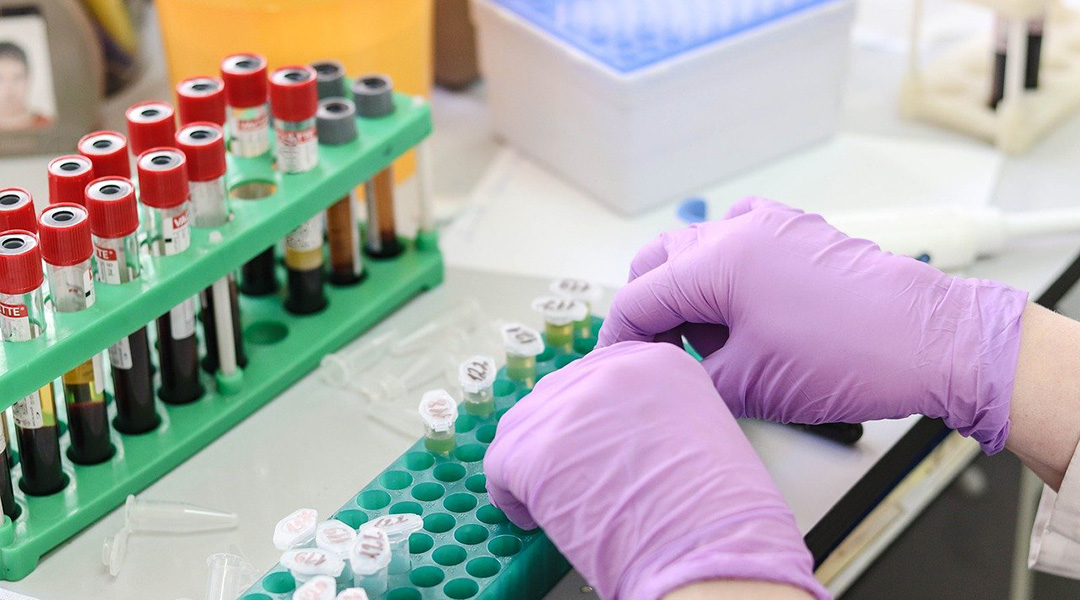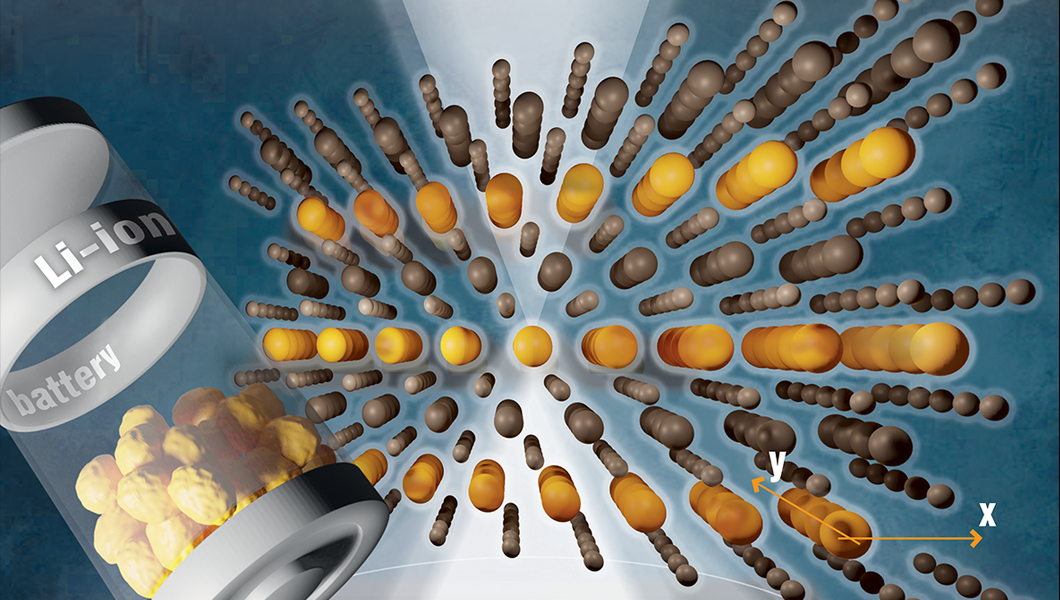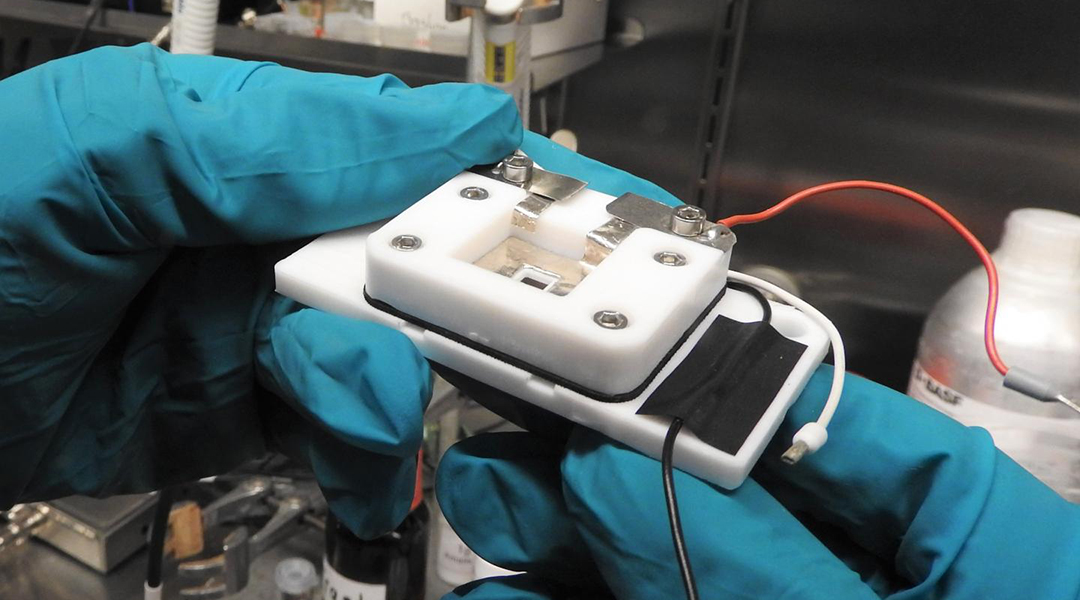New observations suggest that the unexpected dimming of the supergiant star was most likely caused by a dust cloud that blocked starlight coming from the star’s surface.


New observations suggest that the unexpected dimming of the supergiant star was most likely caused by a dust cloud that blocked starlight coming from the star’s surface.

Research reveals regrettably little health information in coronavirus-tagged videos.

Deliberate decline in carbon-intensive practices is currently taking shape as a new way to confront climate change.

An extensive study carried out on SARS-CoV-2 sequencing reveals six strains of the virus.

What is the maximum number of habitable planets for a star, and what does this mean in our search for extraterrestrial life?

Researchers at Lund University hail potential game changer in early diagnosis.

Mapping the locations of all the atoms in a cathode material allows for a better understanding of degradation mechanisms and the development of better batteries.

Researchers created liquid-metal battery that works at room-temperature. It promises more power than today’s lithium-ion batteries and can charge and deliver energy several times faster.

Chemists develop a new technique for observing chemical processes during battery operation.

Researchers use radio-based imaging to monitor stent implants without invasive techniques.